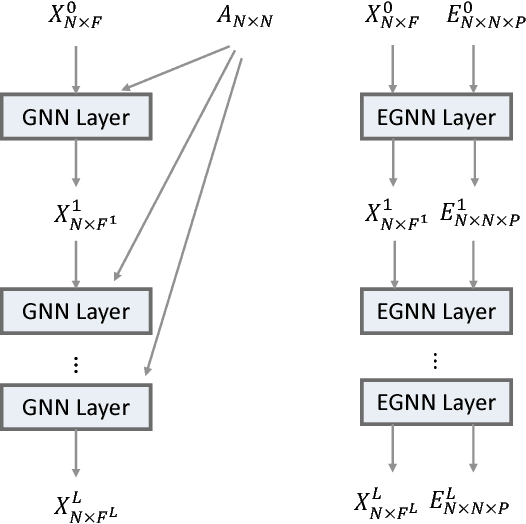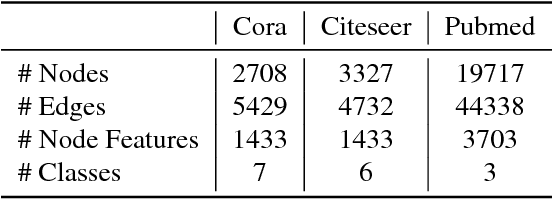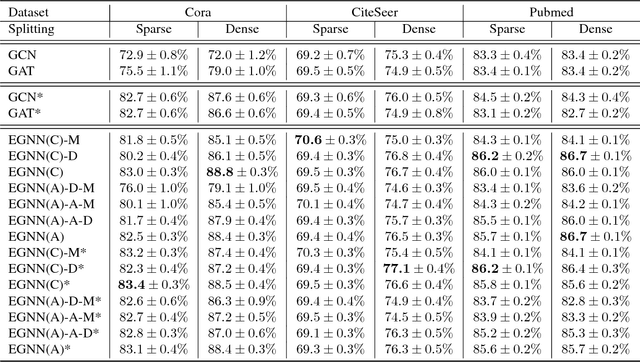Adaptive Edge Features Guided Graph Attention Networks
Paper and Code
Sep 07, 2018



Edge features contain important information about graphs. However, current state-of-the-art neural network models designed for graph learning do not consider incorporating edge features, especially multi-dimensional edge features. In this paper, we propose an attention mechanism which combines both node features and edge features. Guided by the edge features, the attention mechanism on a pair of graph nodes will not only depend on node contents, but also ajust automatically with respect to the properties of the edge connecting these two nodes. Moreover, the edge features are adjusted by the attention function and fed to the next layer, which means our edge features are adaptive across network layers. As a result, our proposed adaptive edge features guided graph attention model can consolidate a rich source of graph information that current state-of-the-art graph learning methods cannot. We apply our proposed model to graph node classification, and experimental results on three citaion network datasets and a biological network dataset show that out method outperforms the current state-of-the-art methods, testifying to the discriminative capability of edge features and the effectiveness of our adaptive edge features guided attention model. Additional ablation experimental study further shows that both the edge features and adaptiveness components contribute to our model.
 Add to Chrome
Add to Chrome Add to Firefox
Add to Firefox Add to Edge
Add to Edge